In the 1760s, a wolf-like monster known as the Beast of Gévaudan reportedly killed hundreds of people in gruesome fashion — and to this day, no one knows exactly what it was.
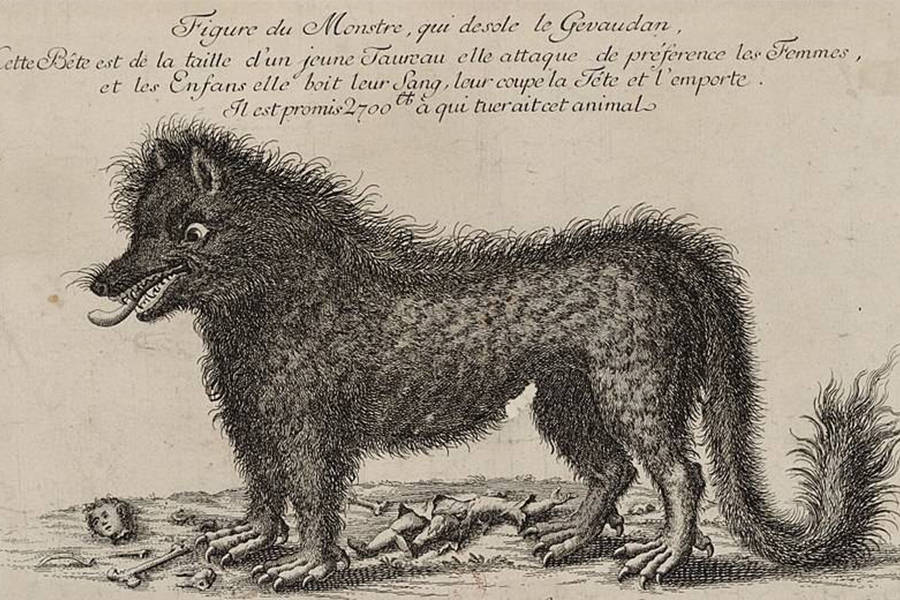
Wikimedia CommonsA 1764 rendering of the Beast of Gévaudan called “Picture of the Monster that is devastating Gévaudan.”
Between 1764 and 1767, something evil stalked the quiet hills of Gévaudan, France. The so-called Bête du Gévaudan, or Beast of Gévaudan, attacked hundreds of people in this period, often tearing out their throats. No one knew what it was — or how to stop it.
For three years, the beast terrified villagers of this southern French region. And for three years, hunters came from far and wide to try and track it down. Even King Louis XV got involved.
But although something was killed by the end of the 1760s that put an end to the attacks — attacks that killed more than 100 people — the mystery of the Bête du Gévaudan endures. Was it a mythical beast? A lion on the loose? Or simply a product of mass hysteria?
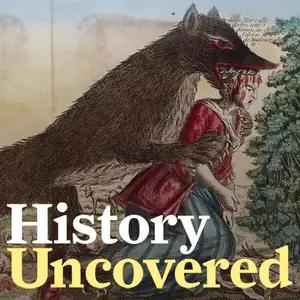
The First Attacks By The Beast Of Gévaudan
Until 1764, Gévaudan was a quiet region, safely secluded in the mountains of Margeride in the south of France and largely cut off from the outside world. Life there was peaceful — until a spring day that year.
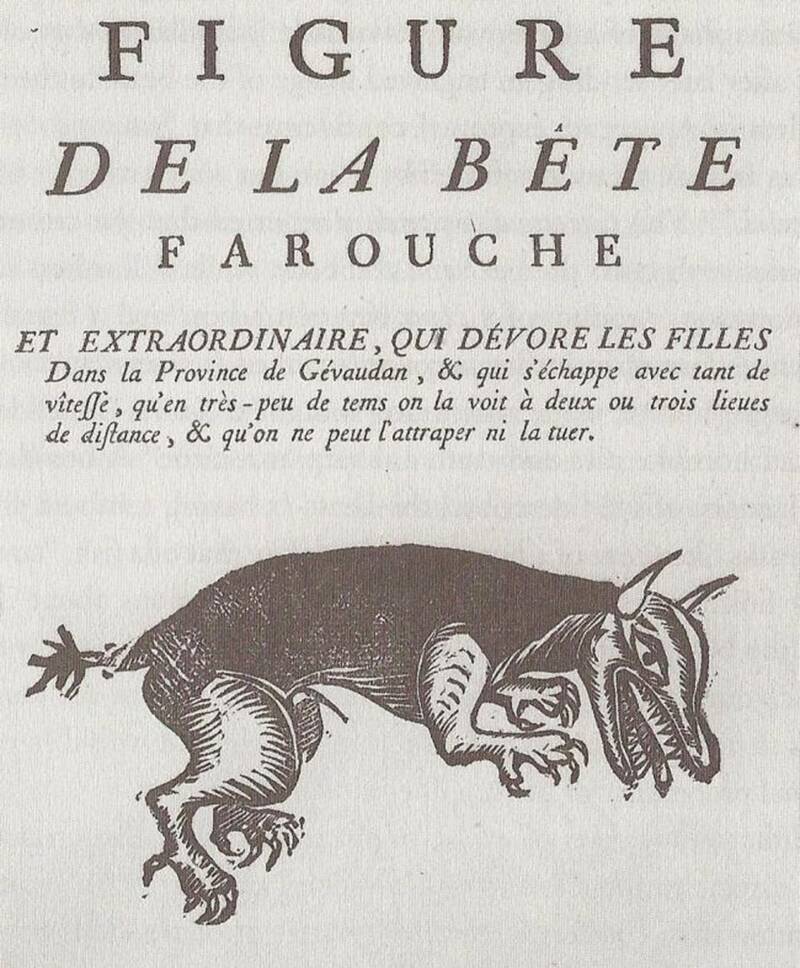
Public DomainA depiction of the beast published in November 1764. It reads, “A picture of the fierce and extraordinary beast that eats girls.”
As Jay Smith wrote in Monsters of the Gévaudan, a young woman watching a herd of cattle on a spring day in 1764 claimed that something had tried to attack her. She described the beast as “like a wolf, yet not a wolf” and said she had only escaped with her life because her herd had defended her.
Two months later, a young shepherdess was not as lucky. On June 30, something attacked and killed 14-year-old Jeanne Boulet while she was watching over her family’s livestock.
The villagers might have uneasily dismissed these incidents as par for the course — sheepherding could be dangerous work and attract predators. But on Aug. 8, another girl was killed. With her last breath, she described the animal that had killed her as a “horrible beast.”
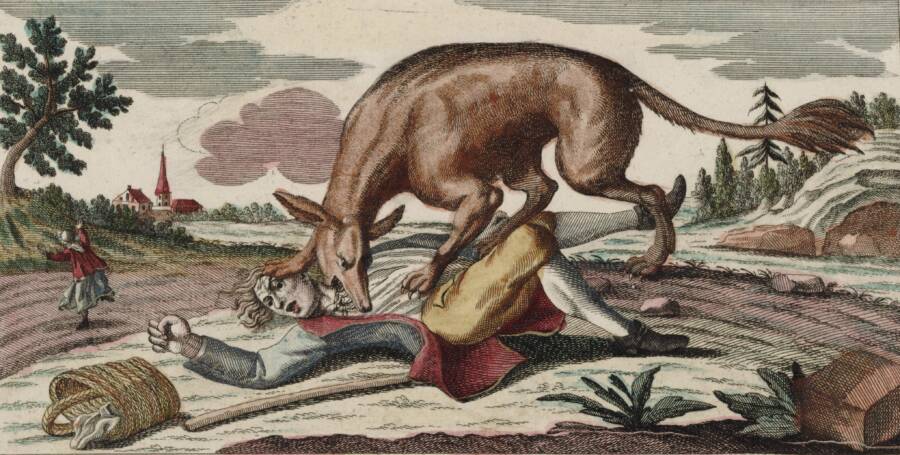
Public DomainA 1764 artist’s interpretation of the monster’s attacks.
From there, the attacks kept coming. At the end of August, a young boy watching sheep disappeared, only to be found partially eaten. Come September, four more people would fall victim to the beast.
One of these attacks claimed the life of the first adult victim as well, a 36-year-old woman in Arzenc parish who met her grisly end just a few steps from the safety of her door. Now, the residents of Gévaudan were convinced that an evil creature lurked in their midst. The Beast of Gévaudan was picking off locals one by one.
They knew they had to do something.
Hunting The Mysterious Monster
Threatened by a terrifying monster, the people of Gévaudan prepared a massive response. Jean-Baptiste Duhamel, the captain of the local infantry, and Étienne Lafont, a regional government delegate, were joined by 30,000 volunteers to hunt the Beast of Gévaudan down.
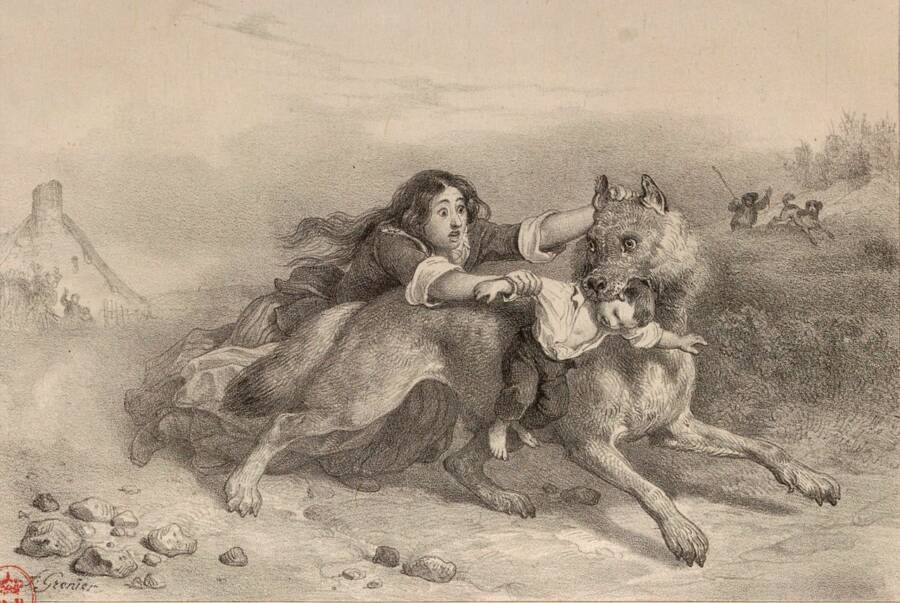
Public DomainAn illustration of Jeanne Jouve, whose attempt to save her child from the Beast of Gévaudan made her a national hero, 1839.
“Everyone is on guard,” Lafont wrote. As fear continued to grip Gévaudan, Lafont was tasked with coordinating the official response to the crisis. He had hoped to establish in each parish a “permanent hunt” with anywhere between eight and 10 people on constant patrol — but unfortunately, he found that many of the villagers were too “timid” for this task.
Those willing to help with the hunt, however, would be paid up to 20 sous per day. Lafont also convinced his superiors that professional soldiers were needed to hunt the beast. And before October came to an end, all officers of the local police were ordered to provide aid to Captain Duhamel.
They scoured the countryside, laid traps with poisoned bait, and even had some volunteers dress like women in hopes of attracting the Bête du Gévaudan. The men were highly motivated. In addition to wanting to stop the beast, they also hungered after the reward money. According to Smithsonian Magazine, it was equal to a year’s salary.
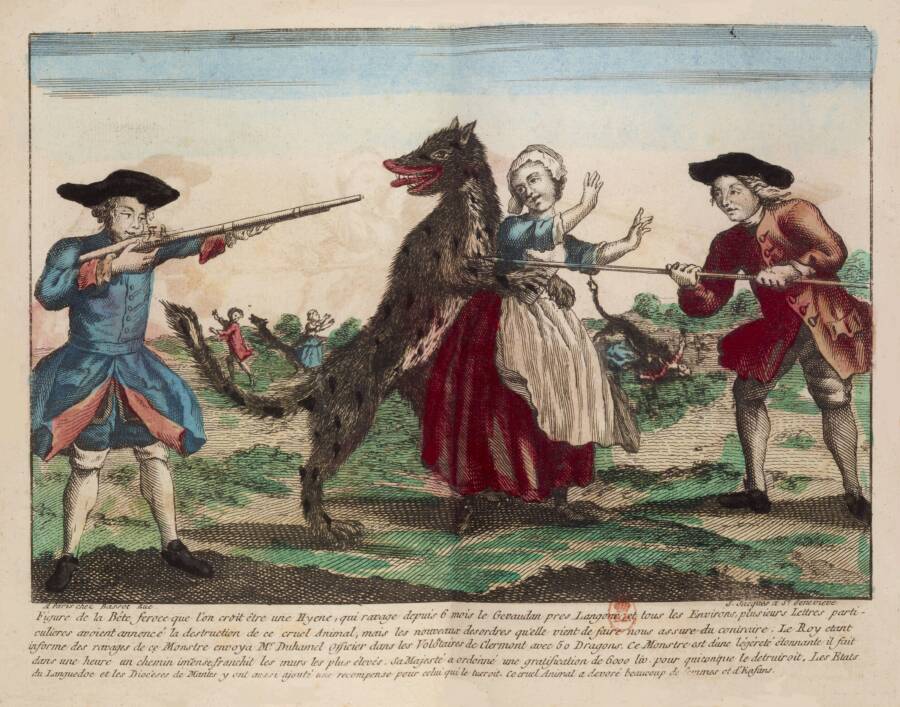
Public DomainAn 18th-century depiction of the monster attacking a woman.
But although a group of these hunters purportedly stumbled upon the beast, they failed to shoot it. They reported that the beast was too cunning and too powerful to be subdued.
“Hunters who are in pursuit have neither been able to stop it, because it is more agile than they,” a local French paper wrote at the end of 1764.
“Nor lure it into their traps, because it surpasses them in cunning, nor engage in combat when it presents itself to them, because its terrifying appearance weakens their courage, disturbs their vision, sets their hands shaking, and neutralizes their skill.”

Public DomainAn illustration by Thomas Borup of the hunt for the Beast of Gévaudan.
Duhamel described the beast as having a “chest as wide as a horse,” “a body as long as a leopard’s,” and “red” fur with “a black stripe.” Another witness claimed that it could walk on its hind legs. Perhaps hoping to excuse the hunters’ failure, the witness also said that the beast’s skin could withstand and even repel bullets.
Even hunters who came from afar had no luck. A father-son team from Normandy who claimed to have killed more than 1,000 wolves came to Gévaudan to help. But even they couldn’t manage to kill the beast.
The People Of Gévaudan Fight Back
As awareness of the Beast of Gévaudan spread, locals fought back. In January 1675, a group of children led by 10-year-old Jacques Portefaix were said to have driven off the beast with sticks, earning a reward from the king. In addition, Portefaix was given an education paid by the crown.
Later that year, a young woman named Marie-Jeanne Valet was crossing the River Desges with her sister when the beast attacked. During the encounter, Valet struck the beast with a bayonet, impaling it in the chest. Though the beast fled, Valet became known as the “Amazon” and the “Maid of Gévaudan.”
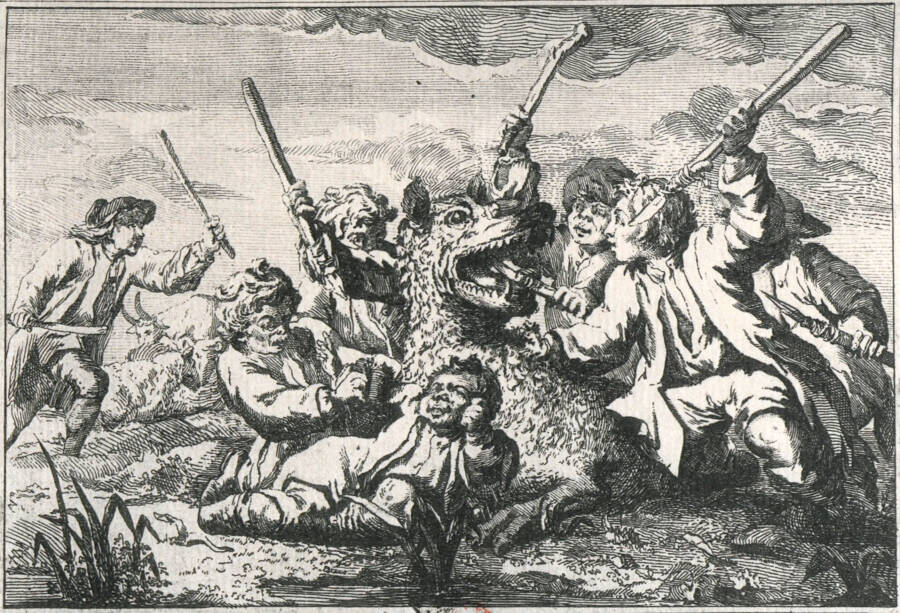
Public Domain18th-century print of Jacques Portefaix and his companions fighting the beast.
But as the attacks continued, the French king, Louis XV, became personally involved. Convinced that the Beast of Gévaudan was too much for the locals to handle, he sent his personal bodyguard, the 71-year-old gunbearer François Antoine, to the region in September 1765.
At first, Antoine seemed to be the right call. He and his men shot and killed a giant wolf, stuffed it, and collected their reward. But a few months later, the attacks started up again.
This time, the beast seemed fiercer and more fearless. It attacked and killed scores of people, stirring up panic. The Beast of Gévaudan’s reign of terror didn’t end until June 19, 1767, when a local farmer — whom Antoine had earlier thrown in prison for leading him into a bog — shot and killed another huge wolf.

Wikimedia CommonsAn 18th-century print of François Antoine shooting a wolf.
When residents cut the wolf open, they found human remains inside. Thus, the Beast of Gévaudan seemed to have been killed at last. The attacks stopped. But the mystery surrounding this eerie story has endured.
Was the Beast of Gévaudan a wolf — or something else entirely?
What Was The Beast Of Gévaudan?
To this day, no one is entirely sure what terrorized the people of Gévaudan in the 1760s. But several theories have emerged.
The most prominent theory is that the beast was merely a wolf. Or, more likely, the Beast of Gévaudan was a particularly aggressive pack of wolves. The animals are native to the region, and thousands of wolf attacks were recorded in France between the 17th and 19th centuries.
But those who saw the Beast of Gévaudan often claimed that it only resembled a wolf.
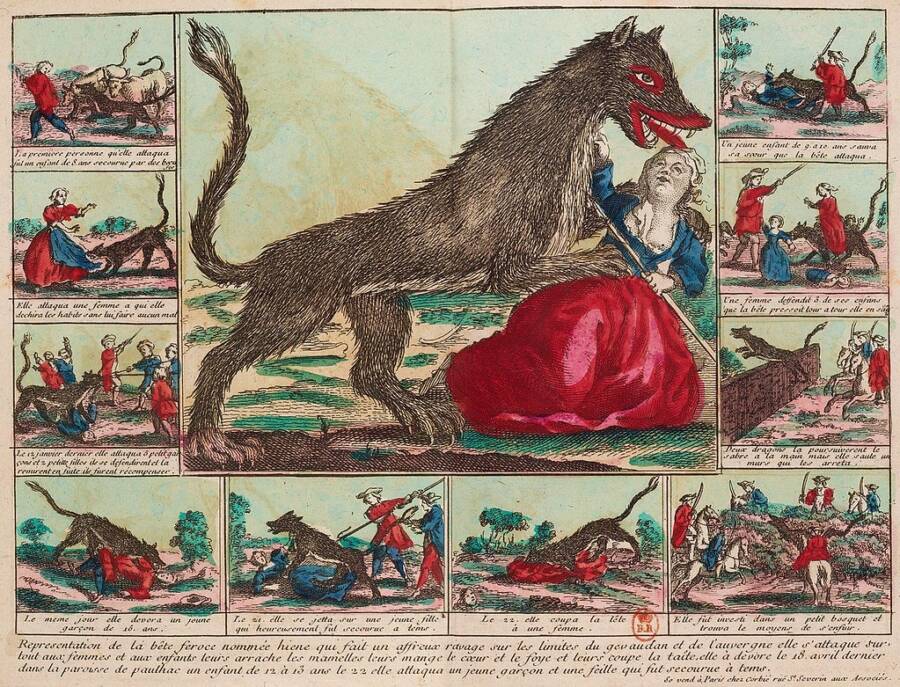
Public DomainA 1765 engraving showing the many attacks of the Beast of Gévaudan, with Marie-Jeanne Valet’s piercing attack in the center.
Other theories have suggested that the beast was an escaped exotic animal, like a hyena or a lion. Most people in France would have never seen animals like this, so they would appear like mythical monsters.
Duhamel even mused that the Beast of Gévaudan was some kind of new, hybrid animal, writing: “You will undoubtedly think, like I do, that this is a monster, the father of which is a lion. What its mother was remains to be seen.”
Then again, another theory suggests that the beast was actually the most terrifying creature on the planet — a human. Is it possible that a serial killer terrorized Gévaudan? Could a human have stalked through the region, searching for unaccompanied young children or women?
We’ll never know for sure. Maybe the the hunters of Gévaudan killed the aggressive wolves who were behind the attacks. But perhaps the Beast of Gévaudan simply slipped back into the mountains.
After reading about the Beast of Gévaudan, learn about the Mothman, who terrorized West Virginia in the 60s. Then, discover the story of the Jersey Devil, which purportedly stalks the northeastern United States.





